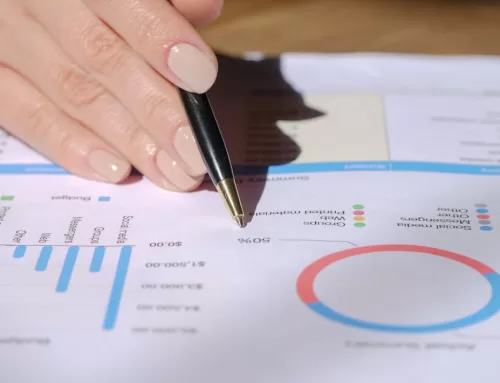Cash-Flow Management Entry 1: Invoicing and Accounts Receivable
Most businesses are constantly challenged by cash flow: good cash flow can easily mean the difference between a business that is barely scraping by (or worse), and one that invests in fast growth and has the resources to take advantage of business opportunity. The next few blog entries will cover several ways to maximize cash flow.
Invoicing Terms
First, customers are often flexible about invoice terms (preferring to focus on price) so set them in your favor. Don’t offer “Net 30” terms unless asked; instead “Due upon receipt” should be the norm. And many companies wait until the end of the month to invoice (which really means that this activity slips well into the following month). Invoicing should be a continuous process. The date of the invoice is important since it starts the payment clock, and has a psychological effect when the customer sees that your company is organized and serious, and they must keep up the pace too. Some businesses wait months before invoicing which basically says to the customer “invoicing is not important to us so take your time in paying since we might not even notice.”
Late Charges
DO apply late charges to unpaid invoices. This can be negotiated-away if the customer asks, but in these days of near-zero interest rates, most customers will realize that “borrowing” from your company by withholding payment is not a good deal at all. Late charges and statements (including all invoices, payments and fees) can be calculated and generated automatically out of most accounting systems including QuickBooks. When the customer calls, say something like “Our system automatically adds late charges, but I can get them waived if you are going to pay now.”
Email Invoices
Next, all invoicing should be sent via email these days. There is no legal need at all to send hard copy invoices via snail mail (unless this is in your agreement, in which case change right away in preference of email). Emails of course are easy to track, arrive immediately, are faster to produce, less expensive, and are easier for customers to send around for internal approvals. QuickBooks has a great feature which allows attractively designed pdf invoices to be emailed along with a friendly note sent directly out of the program.
Invoice ASAP
Don’t hesitate to send invoices immediately after allowable per the terms of your customer agreement. This is normally after services are provided or when goods are shipped or received. It’s easier too since everything is fresh in mind and there is less need to ask around about what really happened.
AR Collections
Finally (for today) remember that some customers will not pay according to terms, and for them, “the squeaky wheel gets the oil.” In this case, you want to be the squeaky wheel. So set up a prompt and effective follow-up and collections system and review continuously. Getting money in the door will then become faster and better.
And “Collections” does not mean anything unfriendly at all, at least not for a long time. Send polite follow-up email notes at 15 days (and don’t be shy about adding cc’s) , and call the client at 25 days saying “I just wanted to make sure you received our invoice ok.” Calendar a series of steps after this all the way out to “legal” or “write-off.” Customers will see that you are on top of AR. This small amount of pressure will yield good results. Remember too that customers are more likely to pay small invoices than much larger amounts that are delinquent. There are some customers who will simply not pay unless reminded so better sooner than later!
More tips on this important subject of Maximizing Cash Flow will follow.







